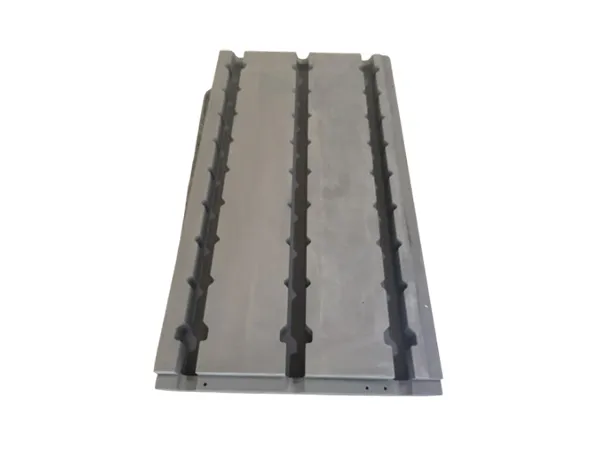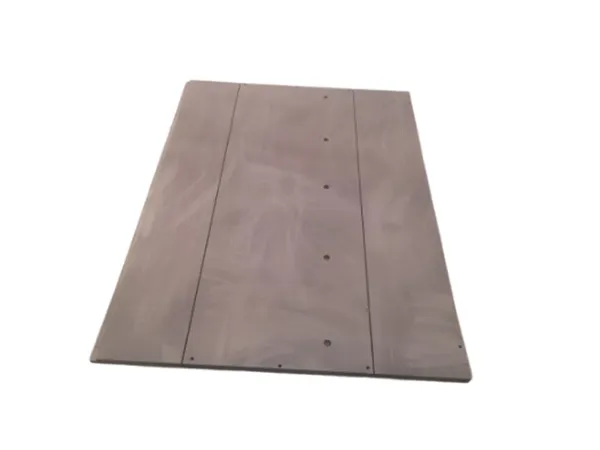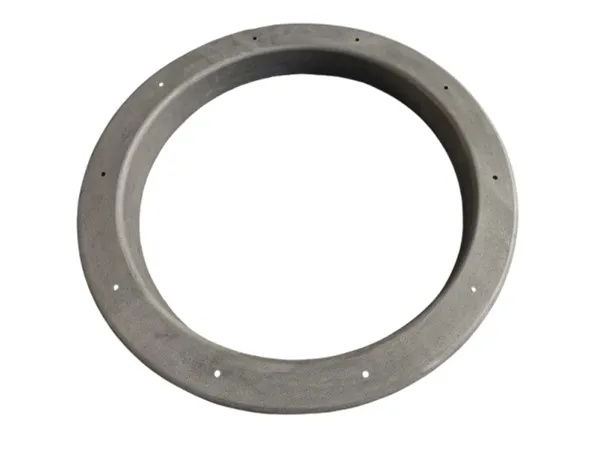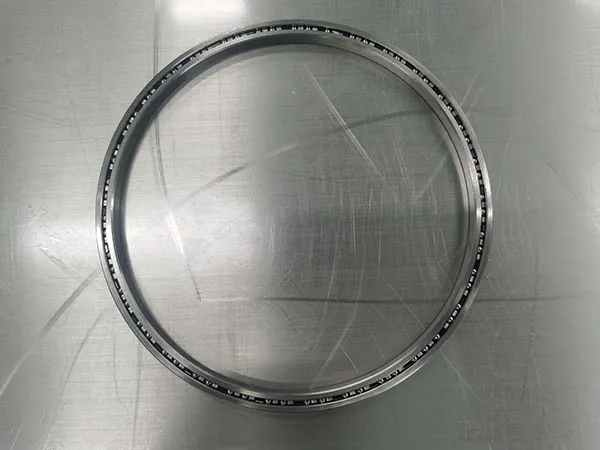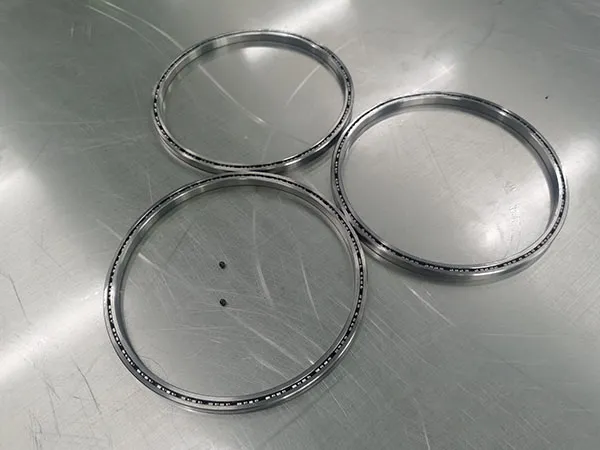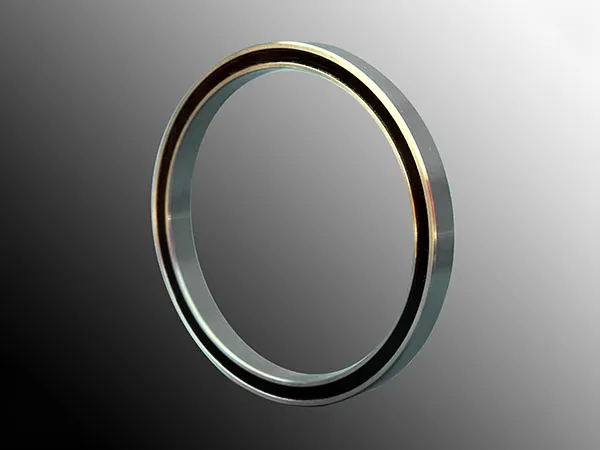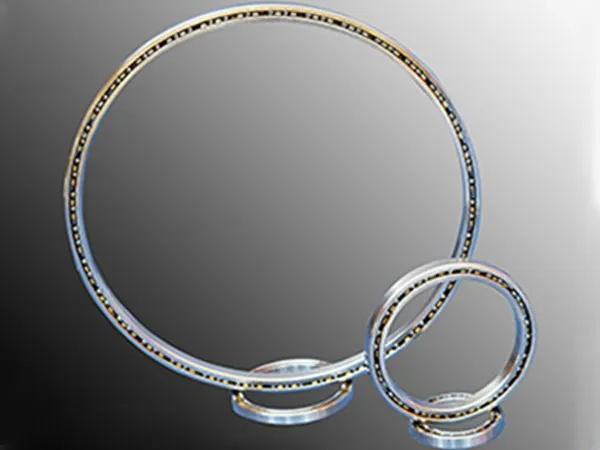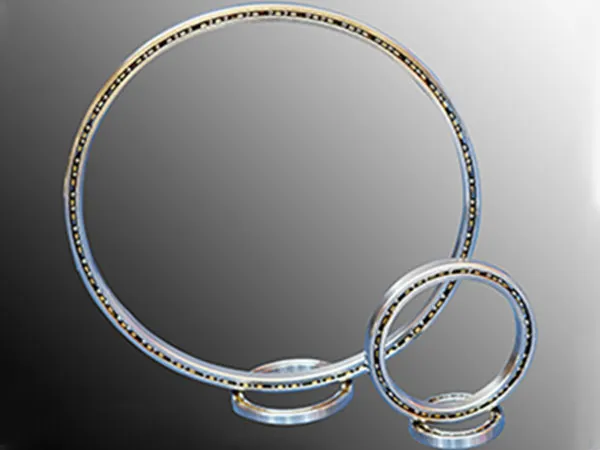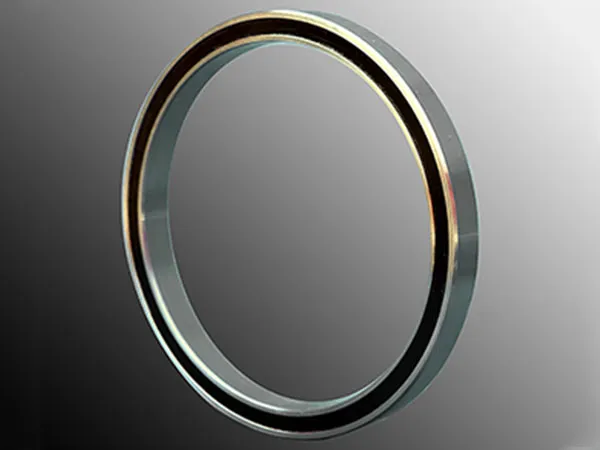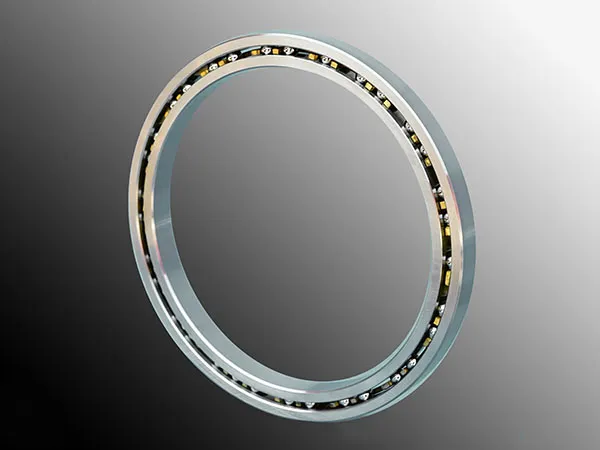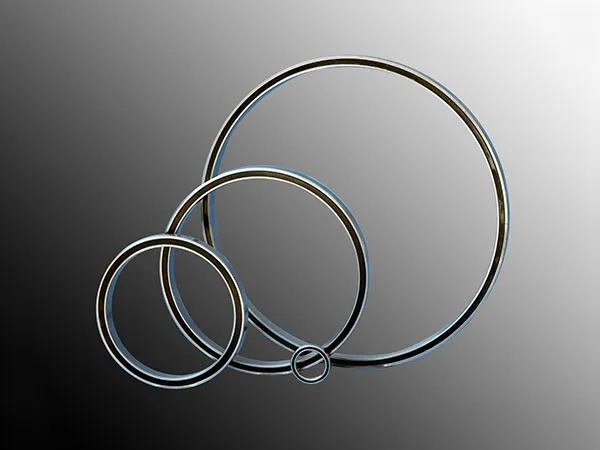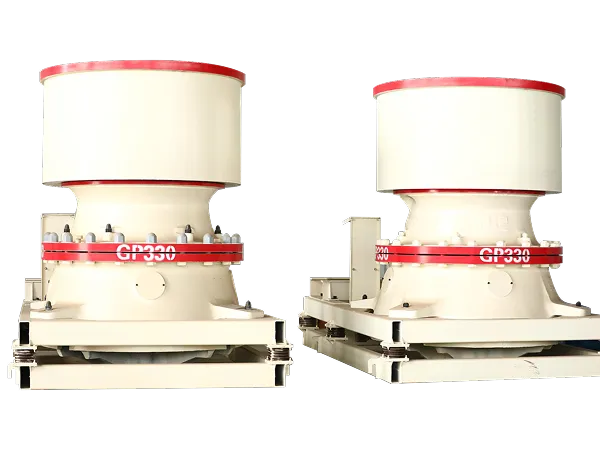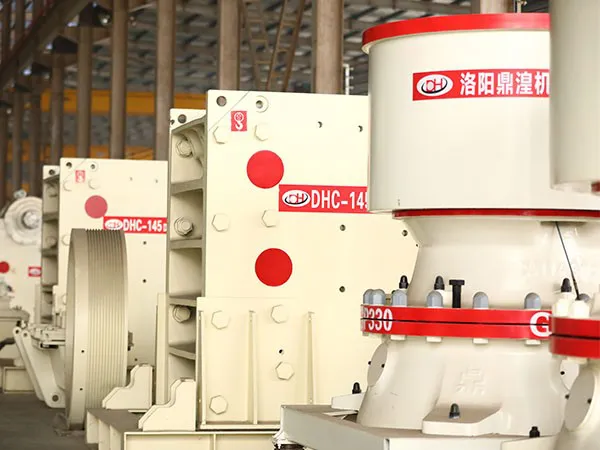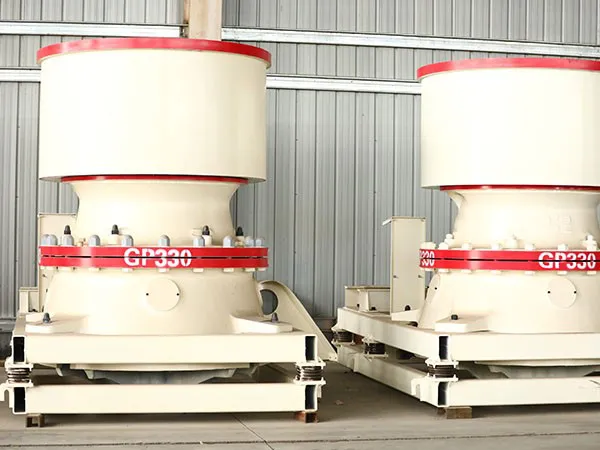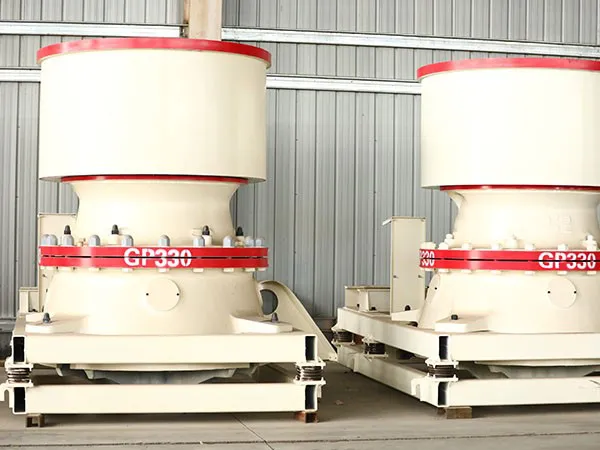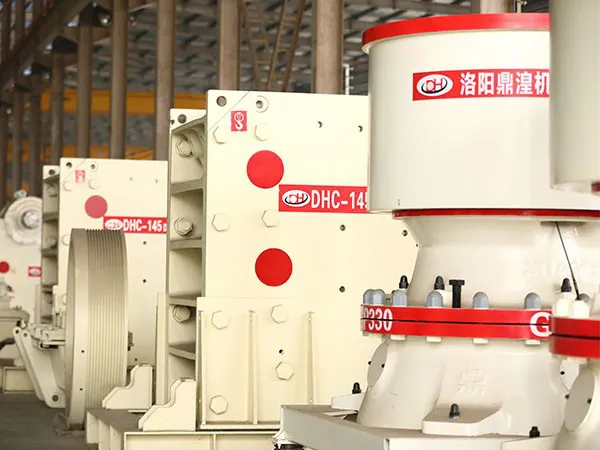Graphite soft felt is a flexible, high-temperature insulation material made from carbon or graphite fibers. Its performance is characterized by a unique combination of thermal, chemical, mechanical, and electrical properties.
Graphite Soft Felt Performance
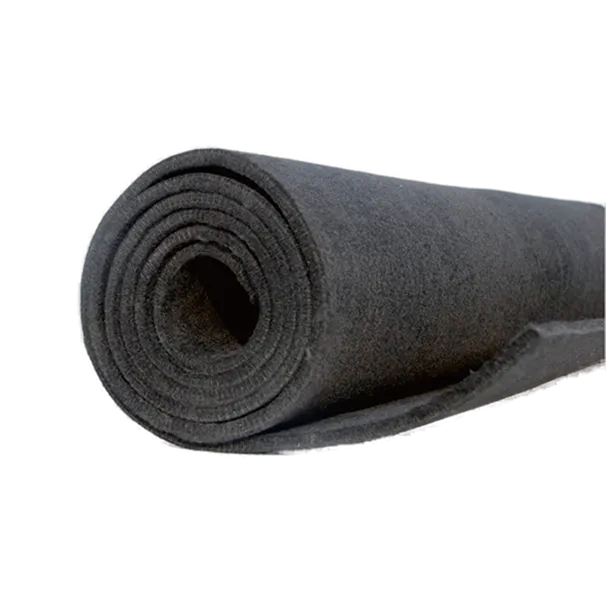
1. Thermal Performance:
High-Temperature Stability: This is its primary advantage. It can withstand extremely high temperatures, typically up to 2500°C (4532°F) and even higher (up to 3000°C) for short durations in inert or vacuum atmospheres. In oxidizing atmospheres, its use is limited to around 400-500°C.
Low Thermal Conductivity: It’s an excellent thermal insulator, especially in vacuum or inert gas environments. Thermal conductivity typically ranges from 0.08 to 0.2 W/m·K at room temperature, and it generally decreases with increasing temperature up to a certain point (around 1500-2000°C) before radiation effects start to dominate and increase apparent conductivity.
Low Specific Heat: It heats up and cools down relatively quickly, which can be advantageous for rapid thermal cycling.
Good Thermal Shock Resistance: Due to its fibrous nature and low coefficient of thermal expansion, it can withstand rapid temperature changes without cracking or degrading.
Low Outgassing (after proper treatment): When properly purified and baked out, it exhibits low outgassing, making it suitable for high-vacuum applications.
2. Chemical Performance:
High Purity: Typically has a high carbon content (often >99%, with some grades >99.9%) and low ash content. This minimizes contamination in high-temperature processes.
Chemical Inertness: Highly resistant to most corrosive chemicals, acids, bases, solvents, and molten metals (except strong oxidizing agents or metals that form carbides at very high temperatures).
Non-Wetting: Generally not wetted by many molten metals, which can be beneficial in metallurgical applications.
3. Mechanical Performance:
Flexibility and Conformability: Being “soft,” it can be easily bent, wrapped around complex shapes, or compressed to fit into tight spaces.
Low Density: Typically very lightweight (e.g., 0.08 – 0.2 g/cm³), which reduces the overall weight of insulation systems.
Low Strength: It has low tensile and compressive strength. It’s not a structural material and can be easily torn or damaged if handled improperly.
…
More detailed information about the performance of graphite felt can be found by clicking on the following link: https://www.czgraphite.com/a/news/graphite-soft-felt-performance.html

